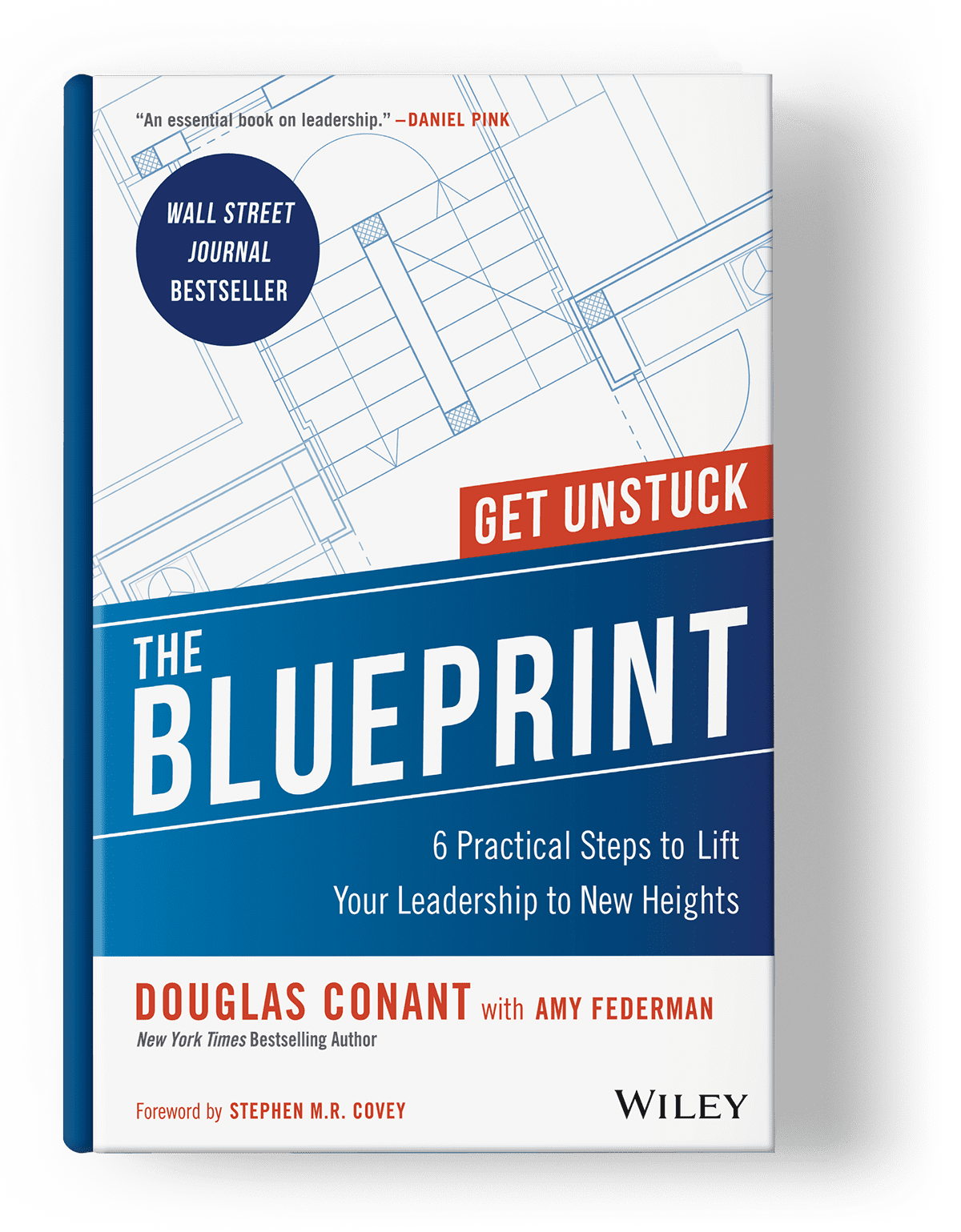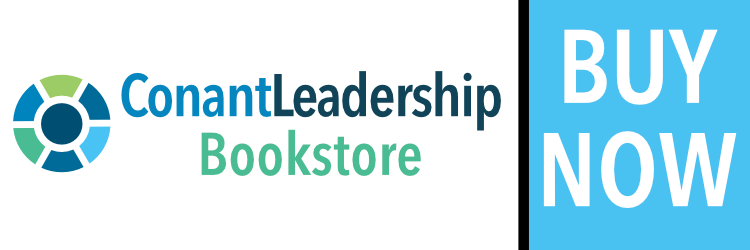The best leaders I’ve worked with, studied, or observed have possessed an unmistakable appetite for growth. They’re usually forward thinking. Often, they have a palpable “itch” for knowledge and advancement. Sometimes, they’re even a bit on the restless side (even when they are very measured, patient, and personable); there’s an urgency to the way they approach their work and walk in the world. They always want to know: what’s next?
More often than not, these top leaders read, question, probe, explore, and search endlessly for the next big idea or innovation. Certainly, that’s a good thing. A thirst for fresh ideas is what advances organizations and propels companies towards bold initiatives that can make the world better. But as we look to emulate these leaders in our quest for the visionary and exciting, it’s important to not lose sight of the basics — our leadership bedrock. That’s why it’s worth noting that most leaders at the top of their game are able to improvise and gallop towards the horizon with seeming abandon only because they are deeply rooted in everlasting principles of effective leadership.
Learn the rules to break them
Just as the great innovators in art, literature, and business had to first understand the rules of their craft in order to break or evolve them, so is the same with leadership. The leaders you look up to likely had to first dutifully learn their craft and become anchored in the basics before they could become the almost larger-than-life “change agents” they may appear to be today.
I mention all this because if you yearn to advance your leadership in a transformational way, it is helpful to understand the parts of it that are steadfast and un-changing no matter the era, situation, or person involved – even as the world progresses at an unprecedented and exponential pace all around us. To truly create an evolved leadership approach, leaders must first learn how they can leverage enduring leadership principles.
Of course, there are many such core principles which I discuss throughout my suite of leadership resources and explain in my high-impact leadership model, The ConantLeadership Flywheel. But for the purpose of this post, I’d like to narrow the frame to the most fundamental building block of all, the sole attribute upon which every other leadership trait rests and relies: competence.
What is leadership competence?
Competence, while it may seem obvious, is so vital it must be explicitly called out in any serious discussion of leadership. Because it is so obvious and indispensable, there is not a lot of talk about what, exactly, competence looks like. It can feel, at times, mysterious. How do we measure ourselves on something that is so fundamental yet somewhat elusive in its exact definition? Sure, there are metrics to measure job and financial performance – and those are helpful. But what, at a really basic level, is leadership competence? Structurally, what are its internal workings? In my 45 years of experience leading and carefully studying the craft of leadership, I’ve determined that competence, while complex, can be broken down into three essential components. When these three parts are leveraged together in harmony, overall leadership competence is elevated.
Here is the anatomy of leadership competence as I see it:
- Intellectual Intelligence (IQ) – or a leader’s ability to logically process information and advance decision making. This area is key to quickly synthesizing and applying information on-demand; there is no substitute for this piece of the Competence puzzle.
- Emotional Intelligence (EQ) – or a leader’s ability to handle interpersonal relationships with compassion and good judgement while also being able to sense and assess the overall emotional “pulse” of the core team and the broader organization. This area is crucial to invigorating employee engagement, earning trust, and building a thriving enterprise.
- Functional Intelligence (FQ) – or a leader’s ability to cultivate sufficient expertise and skill in their field or sector. While you may be able to grow into this area, relying on the other two components at first in a new leadership role, ultimately you will need to develop this deep knowledge in your specific business area. If you don’t eventually gather sufficient expertise in your field, you will fail. For example, if you’re going to lead a sales organization, you’ve eventually got to possess a deep understanding of sales. If you want to manage an editorial team, you better know writing and publishing. Imagine if Steve Jobs hadn’t known anything about computers or tech. Apple probably wouldn’t be a household name today.
Using the framework
Looking at these crucial components of competence, you’ll likely note that you are stronger in one or two than you are in the others. Don’t be discouraged. You do not have to be equally strong in each part to succeed and improve. In fact, it is in the blending of these three components that an ever-increasing level of leadership competence will emerge over time; the sum of the whole together is more powerful than the individual parts.
Say, for instance, a leader does not initially have the requisite FQ in the field they are leading. It does not mean they are incompetent or not up to the task. Smartly, they can leverage their IQ and their EQ to add value while they are developing a solid understanding of the business. I had to find my footing through this exact scenario earlier in my career when I was asked to lead the sales organization (despite my ardent protestations) at Nabisco. I knew nothing about sales at the outset and was worried that lack of FQ would undermine my ability to lead. But, ultimately, I was able to muddle through on the strength of my emotional and intellectual intelligence while I found my footing in the functional intelligence that the job demanded.
You do not have to be equally strong in each part to succeed and improve.
Using this anatomy framework can work in a number of ways to help you measure your competence on three dimensions and self-assess the areas where you need to develop. Maybe you have a deep level of expertise in your field (FQ) but, upon reflecting on the three components, you realize you need to further develop your capacity to understand the emotional landscape of the organization (EQ) in order keep the team fully engaged in the work. No matter in what measure you have the core competence components — just keep at it. The more you merge the three elements and apply them together, with intention, the more powerful your platform for lifting your leadership competence will become. So, as long as you are sufficiently working towards continuously honing and perfecting all three, you’ll find you will begin to hit stride in your leadership competence.
Hopefully, dissecting competence with this level of precision will reveal insights to you that are helpful as you work towards getting better anchored in your leadership fundamentals. Armed with this info, you can now develop your competence with a view towards one day deftly breaking the rules with confidence as you march towards progress.
 Interested in learning more about advancing your leadership competence and creating your own leadership model? Join me at one of my upcoming leadership boot camps in Philadelphia, PA. I teach this program personally to empower leaders to serve with greater impact. The 2-day in-person program leaves you with practices you can put to work on Monday morning. And, it kicks off a transformational full year of additional coaching and mentorship. This is an exclusive opportunity and space is limited. Apply today.
Interested in learning more about advancing your leadership competence and creating your own leadership model? Join me at one of my upcoming leadership boot camps in Philadelphia, PA. I teach this program personally to empower leaders to serve with greater impact. The 2-day in-person program leaves you with practices you can put to work on Monday morning. And, it kicks off a transformational full year of additional coaching and mentorship. This is an exclusive opportunity and space is limited. Apply today.






0 Comments